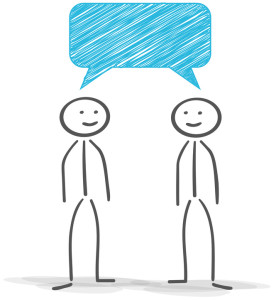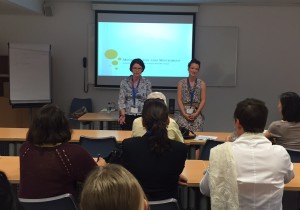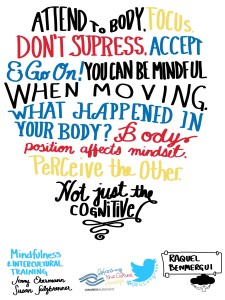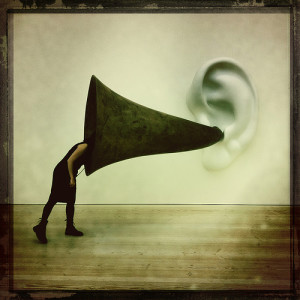
Happy Holiday Season
As Christmas is approaching and instead of rushing to the shops to find a last minute gift, why not giving mindfulness to somebody you love….?
Let me share how I came to work with and practice mindfulness:
At one point in my life, when children came into the family, my personal time became suddenly very scarce as I also continued to work full-time in positions with high responsibility involving international travel and dealing with everything else alongside. Up to that point, I had been able to manage my work-life balance quite well but suddenly without me noticing it, it changed. I did not take enough time out with and for myself anymore. This led to a heavy gall bladder incident in early 2009 where I was told that I was on the edge of burnout and that I had to stop running around.
I then saw an article about mindfulness and thought that it was very much in line with what and who I am. I decided to take up the challenge and found a MBSR teacher close to where I live and with whom I wanted to take up the journey. I actually gave it a try not knowing exactly what it was.
As a matter of fact, in a couple of weeks I rediscovered myself and wondered how I could have possibly been forgetting to take care of myself all this time. I began reading many books about mindfulness and at the same time engaged a lot in intercultural communications (which in fact is my specialization) attending courses etc. I discovered that mindfulness and the qualities of being open, non-judgmental, trusting etc. were exactly the same as what we would strive for when reaching higher levels of intercultural competence. This link (being myself a senior communications professional) struck my interest as well as the link to leadership.

Image Source: http://www.freeimages.co.uk
It is no surprise that I then fell on literature from Daniel Goleman and others writing about emotional intelligence as well from Otto Scharmer with his theory U. I suddenly found enormous pleasure at not only reading through all the literature on neuroscience, brain, leadership and interpersonal/intercultural communications I could get, but also deepening my own practice.
I attended many silence retreats and found them extremely nourishing and also kept looking forward every day to my own home practice. I began living in the present moment and saw colours, smelled things that I had forgotten. I also began being different with my children, showing them more things and being more patient. I subsequently decided to broaden my horizon by learning mindfulness for children, attending the training with mindfulschools.org in the US as well as with Eline Snel from the AMT in the Netherlands. I am now on my way to become a certified mindfulness for children teacher and am practicing with my own children as well as conducting interventions with other children privately for now. Training the leaders of tomorrow is wonderful!
Additionally, I took a jump into the unknown and am now working with mindfulness in the workplace (designing programmes and workshops on mindful leadership for women for instance), coaching individuals using mindfulness techniques as well as integrating the mindfulness approach into my communications work, i.e. mindful listening training with teams, responding to emails mindfully etc.
Mindfulness has become the “umbrella” under which I offer my services and my state of being… I find it deeply rewarding and fulfilling to work with people, accompanying them on their path of finding themselves again (not to say becoming human again). It is like the discovery of something that has been lost for a long time.
I am also now working more in-depth on projects aiming at bringing mindfulness to the formal school education sector here in Switzerland. The effects of what the leadership theory calls VUCA (volatile, uncertain, complex and ambiguous) can be strongly felt here too. Everything is in disruption, people are running around without liking what they do, feeling insecure and unhappy with less time every month.
I am now following my gut feeling and my inner guidance and although it is not easy, I feel that I am at the right place at the right time.
So, now you know it all!
Here’s wishing you an excellent Holiday Season and a Happy New Year!
Thanks for being on this journey with me and looking forward to interacting and maybe seeing you again next year.
Jenny













